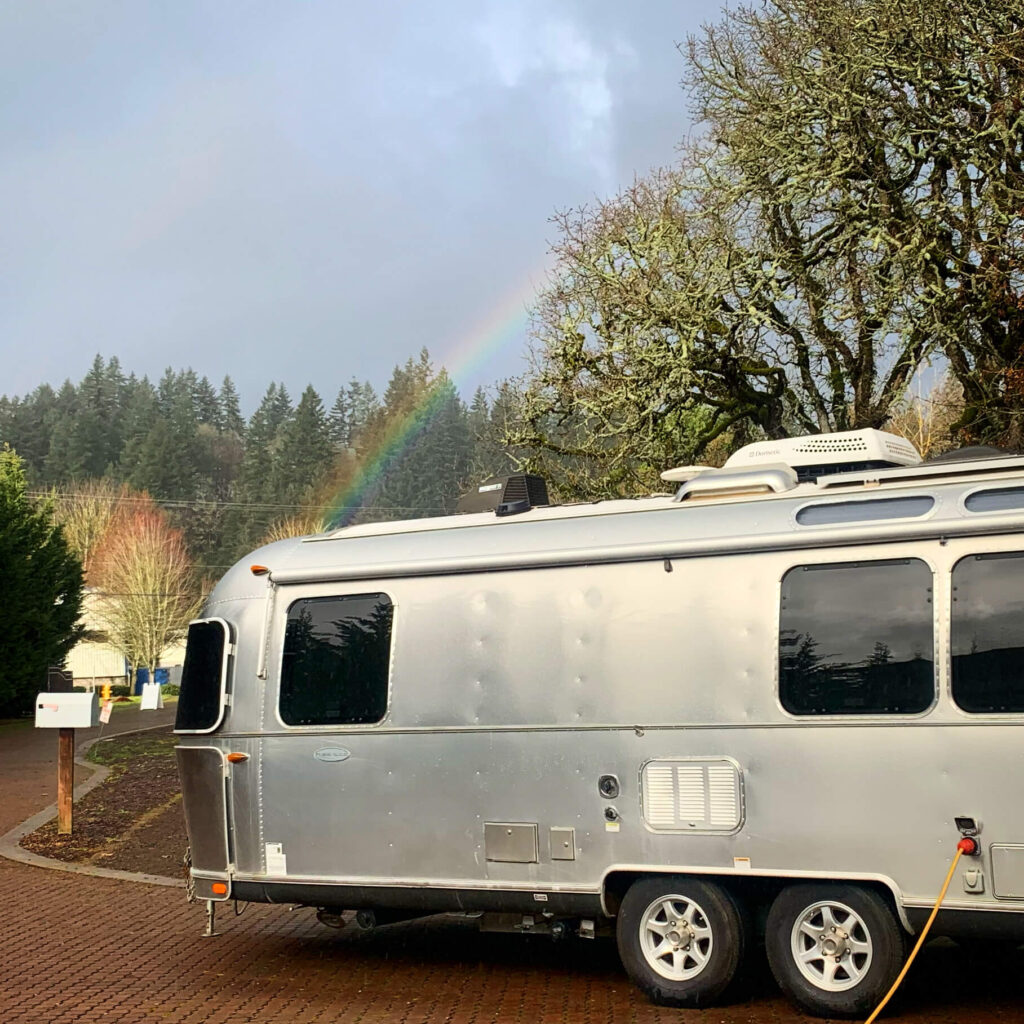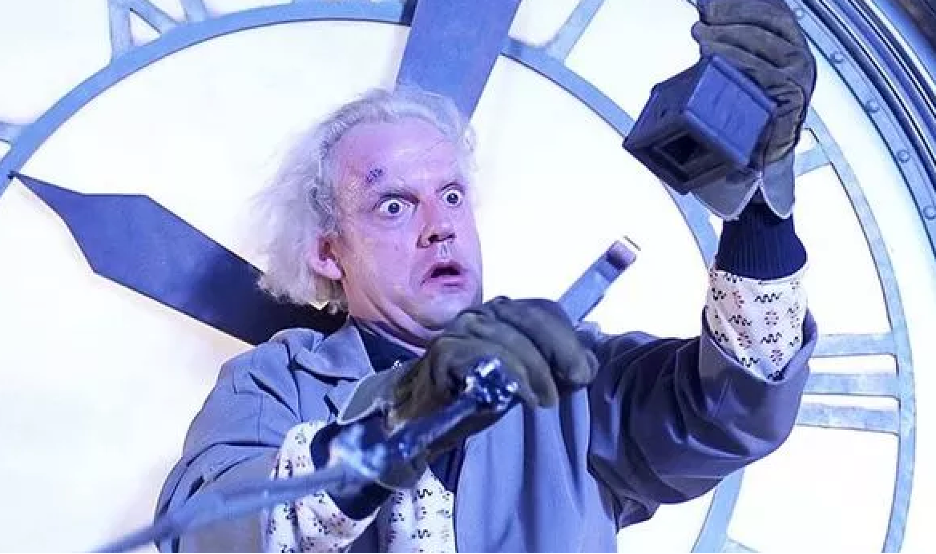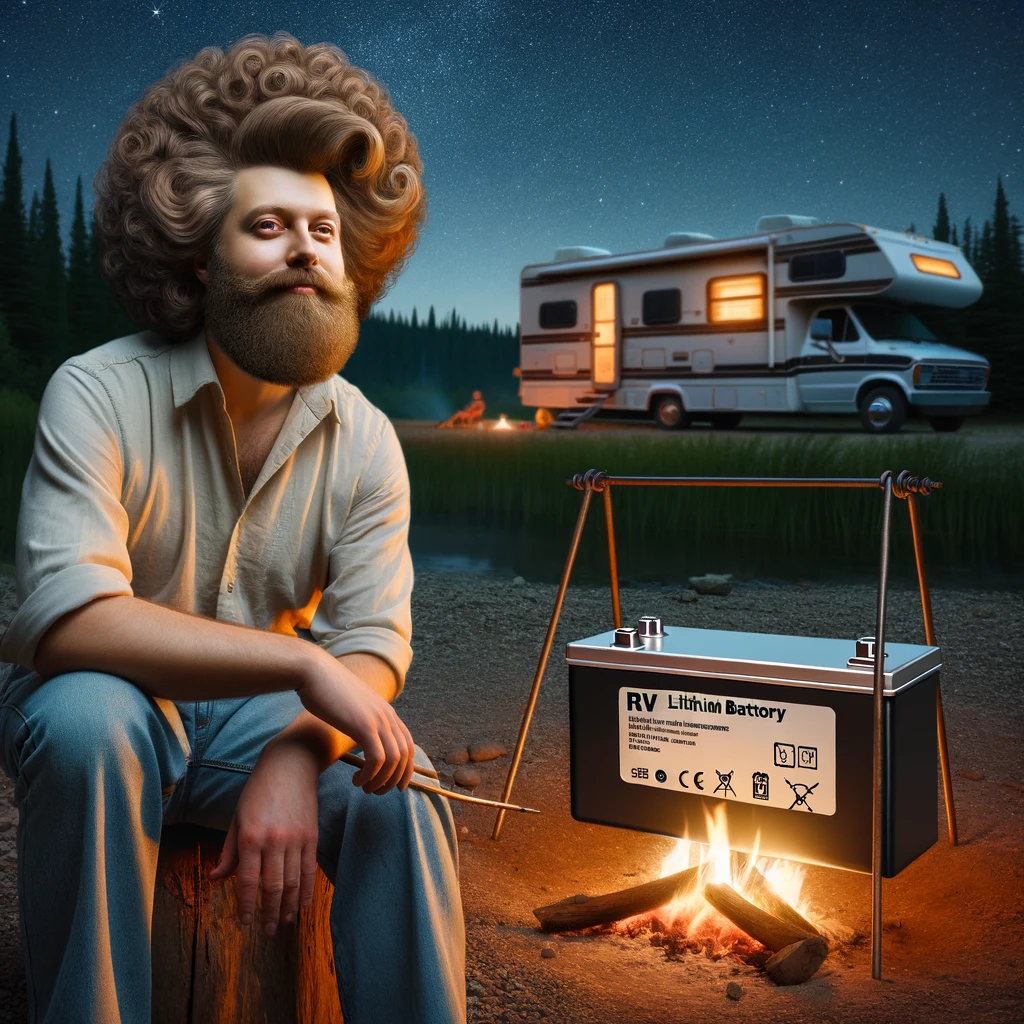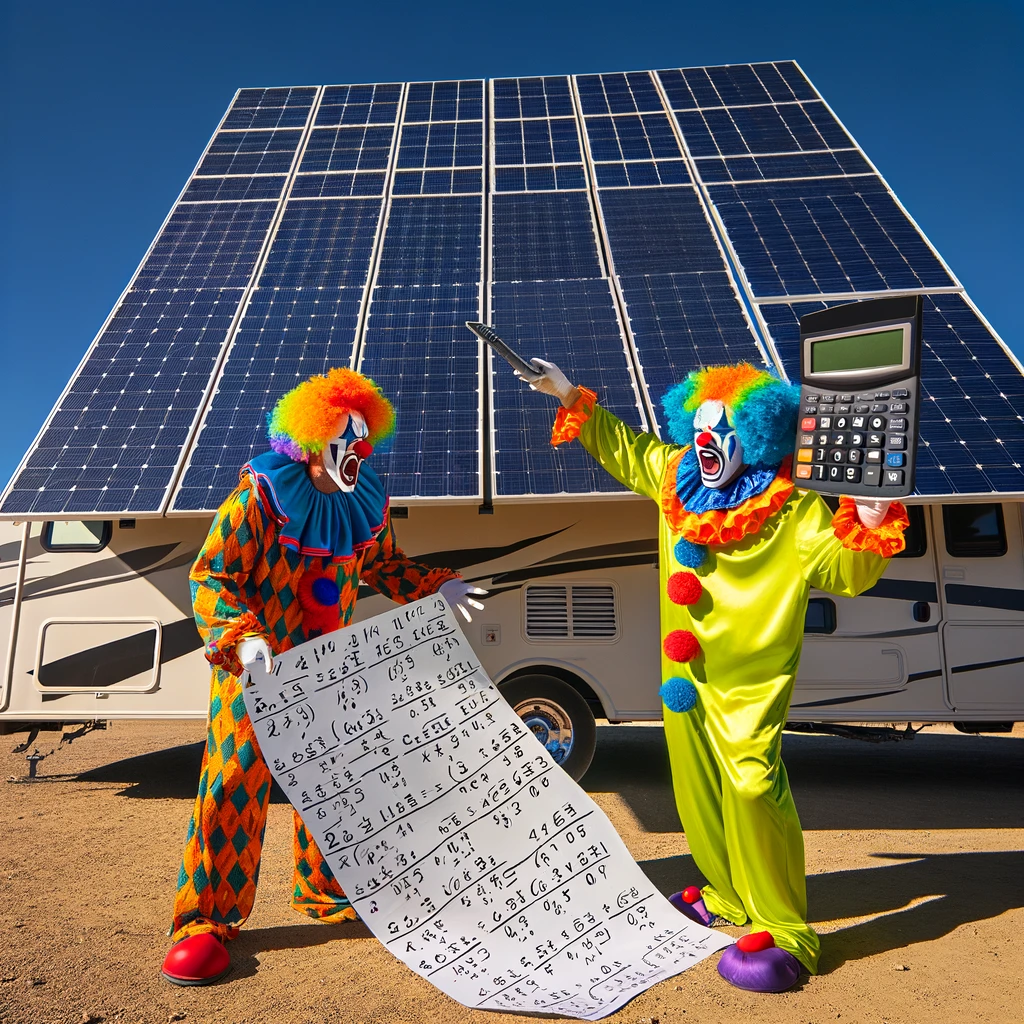We frequently get requests from customers asking for dual inverters to handle their 50A split phase systems. Here are our thoughts on the topic.
Shore Compatibility Issues – When connecting to any shore power source less than 50-amps, a dual inverter system won’t be able to supply pass-through power through both inverters and some dual inverter systems won’t allow power to pass-through on either inverter. Split phase inverters are very finicky about AC input and typically reject most AC input that is not from a 50-amp shore power connection. In some dual inverter setups (Like Victron’s Multiplus and Quattro), you have the option of passing through single-phase power on one inverter while the other inverter on Line 2 is only capable of inverting. This presents some issues if you want to run any loads on Line 2 because Line 2 will be limited by the inverter’s inverting capacity (rather than the pass-through limit) and it will draw down the batteries. If the Line 1 inverter isn’t able to keep up with the demand via its internal charger, then you will deplete your connected battery bank while on shore power.
Energy consumption – Because of an inverter’s no-load current draw, dual inverter systems draw more power to operate. This is most noticeable when leaving the inverter on idle and running no loads or small loads. At a low 20W per inverter (sometimes twice that), split phase output can be 960Wh per day or the equivalent of what 320W of solar panels would produce.
Generator Compatibility Issues – Almost all generators have limited functionality with a split phase inverter system. All single-phase generators have the same dual inverter system compatibility issue listed above with shore power connection less than 50-amps. Additionally, most dual-phase generators used in RVs don’t have the very clean AC output and are rejected by the dual inverter system. This causes the same effect as the single-phase generator or shore power, leaving you with very limited functionality on Line 2 loads and less power distribution.
Cost and Space – Installing two inverters takes twice the amount of time and almost twice the materials as a single phase inverter. This can increase the price of your project dramatically, especially if you are paying someone else to do the installation. In addition to the cost increase, the amount of space needed to install two inverters, and double the wire runs, takes away from battery or other storage space. Most RVs don’t offer enough space to install two inverters while keeping them close to the batteries.
The solution – AM Solar has designed the Smart Phase Selector (Patent Pending) which optimizes the way the inverter supplies power to the coach allowing a single inverter to supply both legs whenever needed. The total power supply available would, of course, be limited by the rating of the solar inverter, and if an output voltage of more than 3000VA is needed, we recommend a 24V battery voltage system with a 5000VA inverter. Additionally, the Victron Multiplus II 3000VA inverter has this feature built-in.





